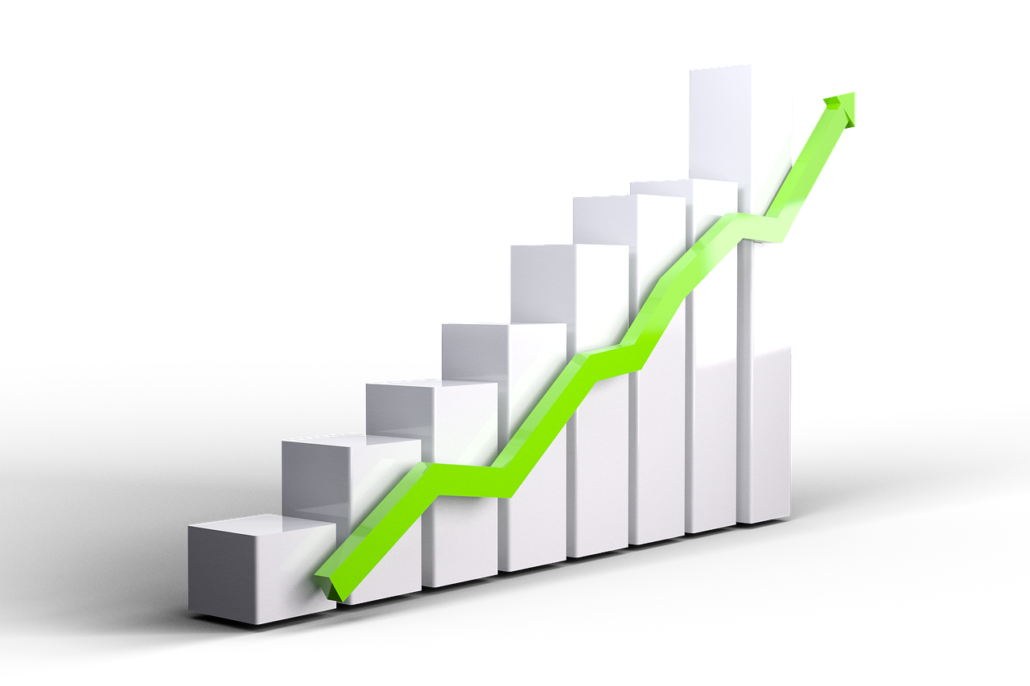The Non-Owner, No Income (NONI) Loan Solution
Image from Pexels
By Rick Tobin
Are all loans second to NONI (Non-Owner, No Income) for cash flow purposes? Does your investment property give you a positive annual cash flow with or without significant vacancy rates, repairs, nonpayment of rents due to tenant moratoriums or other reasons, and costly management expenses? How many investment property owners are stuck with high 7% to 10%+ private money or an expensive 30-year fixed mortgage that creates negative monthly cash flow? The NONI interest-only loan or fully amortizing loan with 7, 10, 30, and 40-year fixed terms is an exceptional financial choice.
NONI Interest-Only Loans
First off, can you afford your monthly mortgage payment? Without positive cash flow and the ability to pay your mortgage payments on time, your investment properties may be at risk for future forbearance, loan modification, or distressed sale situations where you could later lose your positive equity in a future foreclosure. The combination of positive cash flow and compounding equity gains should be the primary goal for investors instead of having unaffordable mortgage payments.
Here’s some eye-opening NONI loan products highlights that keep customers coming back for more NONI products, especially if the investor owns 2, 5, 10, or 20+ rental properties:
- Starting interest-only rates as low as 3.875%*
- Designed for business purpose 1-4 unit residential loans in most states
- No income or employment collected on the loan application
- Loan amounts to $3.5 million for non-owner properties
- No 4506-T, tax returns, W-2s or pay stubs
- Qualification is based on property cash-flow, NOT borrower income
- First time investors allowed
- Multipurpose LLC allowed
- Unlimited cash-out up to 75% LTV
- As little as 0 months reserves (use cash out for reserve qualifications)
- NONI doesn’t care how many properties a borrower owns
- The lower I/O payment (when I/O option is chosen) is used when calculating DSCR and cash reserves
- 85% LTV available for purchase and rate/term transactions (680+ FICO)
- Rental income is taken from an existing lease or the rent survey from the appraisal and compared to the mortgage payment to determine debt coverage ratio. (all program guidelines and rates subject to change and qualification)
For traditional loan programs, many lenders will take 75% of your gross rents to qualify for a new mortgage loan because the lender assumes that you have vacancies, repairs, and property management fees. For easy math, a rental property with $1,000 per month in gross income is underwritten as if it were $750 per month and another pricier property with $10,000 per month in rental income is analyzed as if it were $7,500 per month.
Image from Pixabay
For NONI, on the other hand, you can qualify at 1.0 DSCR (Debt Service Coverage Ratio) or break-even levels. For example, your rental home averages $2,000 per month, so your newly proposed mortgage payment (including property taxes, insurance, and homeowners association fees, if applicable) must be equal or lower to that same gross rental income. As a result, it’s much easier to qualify for a NONI loan product than any other residential mortgage loan that I know of today.
30-Year Fixed vs. 10-Year Interest-Only
A 30-year mortgage payment doesn’t usually begin to pay down any significant amount of loan principal until after the 7th year. The average mortgage borrower keeps their loan for nearly 7 years, so an interest-only loan product can be a much more solid choice today for many borrowers.
Let’s compare the fully amortizing 30-year fixed payment with a 10-year interest-only payment with cash-out options to see the difference for the same 3.875%* rate:
Loan amount: $250,000
30-year fixed rate payment: $1,175.59/mo. (principal and interest)
10-year fixed interest-only: $807.29/mo.
Loan amount: $500,000
30-year fixed rate payment: $2,351.19/mo. (principal and interest)
10-year fixed interest-only: $1,614.58/mo.
Loan amount: $750,000
30-year fixed rate payment: $3,526.78/mo. (principal and interest)
10-year fixed interest-only: $2,421.88/mo.
Loan amount: $1,000,000
30-year fixed rate payment: $4,702.37/mo. (principal and interest)
10-year fixed interest-only: $3,229.17/mo.
Loan amount: $2,000,000
30-year fixed rate payment: $9,404.74/mo. (principal and interest)
10-year fixed interest-only: $6,458.33/mo.
Loan amount: $3,000,000
30-year fixed rate payment: $14,107.11/mo. (principal and interest)
10-year fixed interest-only: $9,687.50/mo.
*APRs from 4.79%: The 10-year fixed loan converts to an adjustable for the remaining 20 or 30 years with 30-year and possible 40-year loan term options. There are also 30-year and 40-year fixed interest-only loan programs at higher rates (all rates and programs subject to change)
Increasing Inflation and Rates, Decreasing Dollar Value
The more money that is created together between the US Treasury and Federal Reserve, the lower the purchasing power. Inflation can severely damage the purchasing power of the dollar while generally benefiting real estate assets.
US M1 Money Supply (February 2020): $4 trillion
US M1 Money Supply (March 2020 – October 2021): From $4 to $20 trillion
Image from Pixabay
Or, 80% of today’s M1 Money Supply, or an additional $16 trillion dollars in circulation, was created within just 22 months (March 2020 to October 2021).
Most Americans create the bulk of their family’s net worth from the ownership of real estate, not hiding cash under their mattress or holding stocks or bonds. Inflation is also a hidden form of taxation. One of the best ways to offset weaker dollars is to buy and hold real estate as a hedge against rising inflation while also generating monthly cash flow.
Today’s younger investors may not remember 10% to 20% fixed mortgage rates from years past. If your rental properties are losing money at a 3% or 4% fixed rate today, then any future properties purchased with higher rates will lose even more money unless you select a much more affordable interest-only loan product.
Let’s take a look next the average published 30-year fixed rate for owner-occupants who qualify with full income and asset documentation by decade:
● 12.7% in the 1980s
● 8.12% in the 1990s
● 6.29% in the 2000s
● 4.09% in the 2010s
The common link between each of these decades was that perceived inflation risks were usually a core reason why the Federal Reserve increased interest rates in order to quash inflation. Today’s published inflation rates are at 40-year highs. Yet, they are still underreported and are actually much higher as partly noted by annual used car prices rising almost 48% in just 12 months near the end of 2021.
Doubling Asset Values
If you keep the old Rule of 72 (how long it takes to double an asset value by the annual gain or interest return projections) in mind with rising inflation trends continuing to boost housing prices, you will clearly see the potential to boost your net worth. For example, a home doubles in value based upon the gains such as a 7.2% annual increase that will take 10 years for the home to double in value (72 / 7.2% = 10 years).
Image from Pixabay
Between November 2020 and November 2021, it was reported that the average home price, including distressed properties, increased more than 18%. If that home price gain trend continued at the same annual pace, the average home price could double in value every 4 years (72 / 18 = 4 years). In many pricey coastal regions, homes have appreciated 30% to 35%+ per year over the past few years. As a result, many investors have seen their home values double in just two or three years.
As rates are more likely to increase than decrease in the future, the interest-only loan products that can be fixed for 7, 10, 30, or 40 years make more sense from a cash flow and peace of mind standpoint.
While NONI keeps your payments low, your net worth may be boosted sky high as the soaring inflation trends continue and properties may double or triple in value!
Rick Tobin
Rick Tobin has a diversified background in both the real estate and securities fields for the past 30+ years. He has held seven (7) different real estate and securities brokerage licenses to date, and is a graduate of the University of Southern California. Rick has an extensive background in the financing of residential and commercial properties around the U.S with debt, equity, and mezzanine money. His funding sources have included banks, life insurance companies, REITs (Real Estate Investment Trusts), equity funds, and foreign money sources. You can visit Rick Tobin at RealLoans.com for more details.
Learn live and in real-time with Realty411. Be sure to register for our next virtual and in-person events. For all the details, please visit Realty411.com or our Eventbrite landing page, CLICK HERE.










